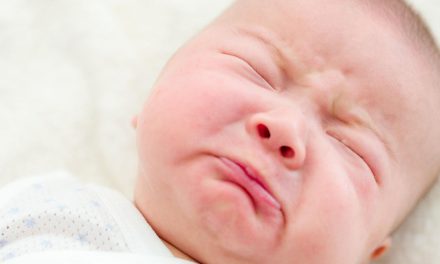During pregnancy, mother and child are connected by the umbilical cord. Through it, the mother supplies the baby with the oxygen and nutrients necessary to grow correctly.
What is the umbilical cord?
The umbilical cord is the structure that unites the baby with her mother during pregnancy and runs from the navel to the placenta. It is made up of blood vessels that serve to exchange substances between the mother and the fetus. Through this route, food and oxygen reach the fetus. At birth, the baby can breathe and feed itself, so the umbilical cord is not needed and is cut.
The importance of umbilical cord care
Umbilical cord care begins at birth. After delivery, the cord is clamped to prevent bleeding and cut about 4 centimeters from the abdomen with sterile material. The excess piece of rope is held with a unique plastic clip.
After this process, the cord has to heal. Care is critical because germs on the skin can infect you. Keeping it clean and dry is essential to avoid problems and favor its fall.
At first, it looks grey, shiny, and jelly-like. As the days go by, it dries and darkens in color until it falls off on its own in the first two weeks of life (there are cases in which it may take longer, such as children born by cesarean section). The cord undergoes a process of self-destruction without infection, which will culminate in the detachment of the rest of the thread. The scar that remains after the fall of the umbilical cord is what we call the navel. The remaining wound will heal three to five days after the line falls off.
cord cures
Over time, various products have been used to care for the umbilical cord: topical antiseptic solutions (4% chlorhexidine, 70° alcohol, silver sulfadiazine, etc.), including topical antibiotics (bacitracin, mupirocin).
This type of cure with topical antiseptic or antibiotic solutions is recommended in situations where neonatal care and hygiene measures are deficient.
The navel should be dry, protected, and covered if it doesn’t fall off. Before, it was advised to bathe the baby in parts to prevent the navel from getting wet when the cord had not yet fallen off. Instead, washing the baby with soap and water is recommended, and drying it very well.
Currently, in developed countries with adequate health care and suitable hygiene measures, these methods are not better than cleaning the cord with soap and water and drying it well afterward.
It seems that using local antiseptics and antibiotics can delay the fall of the cord since it interferes with the normal healing process.
Navel care: newborn lying on the bed and female doctor curing the navel
recommendations
Wash hands thoroughly with soap and water before care.
Clean the area of the cord with warm water and neutral soap. Then dry it well with sterile gauze.
You can help keep the cord dry by wrapping a clean, dry gauze pad around it and changing the gauze with diaper changes.
If the gauze sticks to the cord during diaper changes, do not pull it, but moisten it with a bit of soap and water to remove it quickly.
When putting on the diaper, use this to hold the gauze.
You can also leave the umbilical cord clamp outside the diaper to air out.
Carry out this cure three to four times a day, taking advantage of diaper changes or whenever it has gotten dirty.
The cord should fall off on its own, not be stretched or pulled out prematurely. Once it has fallen off, we must continue cleaning the navel until it is scorched (approximately one more week). It is not recommended to use iodine or mercromine.When to see the pediatrician
If the fall of the umbilical cord is delayed for more than four weeks: the pediatrician must assess whether it is an infection, maceration due to humidity, or some immunological alteration.
If fluid or blood comes out of the cord or navel: the presence of a few drops of blood is regular and appears when the cable detaches. If the bleeding is abundant, it may be due to trauma or coagulation disorders.
If the umbilical cord gives off a bad smell: it may be a sign of infection such as omphalitis. Also, if the navel area appears red, the base of the cord suppurates, or the baby has a fever, these may be warning signs of an infection.
If, after the fall of the cord, there is a red and bright area (umbilical granuloma): the pediatrician usually prescribes a specific treatment such as silver nitrate.
If a soft lump appears in the umbilical area: it may be a hernia that the pediatrician or pediatric surgeon should evaluate.




